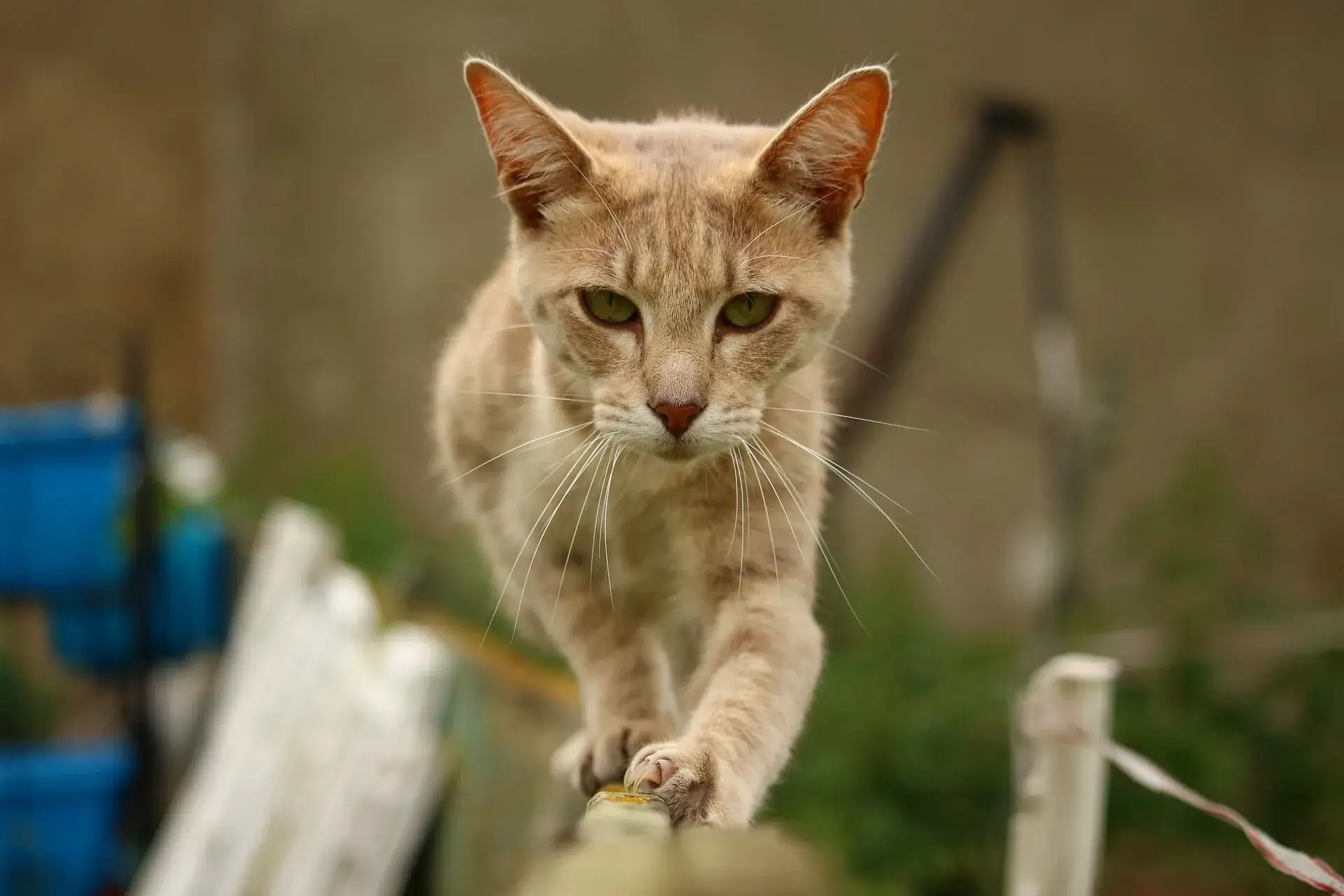Cats are beloved companions for many people around the world, but there are still many things about their behavior that surprise us. From their mysterious nighttime antics to their unique ways of communicating, feline behavior can be fascinating and sometimes even puzzling. In this article, we will uncover seven surprising facts about cat behavior that you may not have known. From the reasons behind their grooming habits to their ability to sense earthquakes, these facts will give you a new appreciation for the quirks and characteristics of your furry friend. So let’s dive in and learn more about the mysterious world of cat behavior!
7 Surprising Facts About Cat Behavior
Discover seven surprising and lesser-known facts about cat behavior. From their grooming habits to their ability to sense earthquakes, learn more about the mysterious world of your feline friend and deepen your understanding of their behavior. Here are seven surprising facts about cat behavior that you may not have known:
- Cats are able to communicate a wide range of emotions and need to their owners through the use of over 100 different sounds, including meows, purrs, hisses, and chirps. This is a greater range of vocalization than most other domesticated animals are capable of. In addition to using their voices to communicate, cats also have a natural tendency to scratch in order to mark their territory and keep their claws sharp and healthy. While this behavior can be beneficial for the cat, it can also be damaging to household furnishings and carpets. To prevent this, it’s advisable to provide your feline with scratching posts or pads that are sturdy and appealing, encouraging them to scratch in appropriate locations. Although it is increasingly controversial in last days, another solution is cat declawing, also known as onychectomy.
- Cats are solitary hunters and possess a strong predatory instinct, often leading them to chase and capture small animals. This behavior can be amusing to observe, but it can also be risky if your cat brings home live or deceased prey. To discourage your cat from hunting, you can offer them a variety of toys and activities to keep them engaged and consider keeping them indoors to protect both them and local wildlife.
- Cats have a unique grooming behavior called “bunting,” in which they rub their head and body against objects or people. This behavior is often perceived as a sign of affection, but it can also serve as a way for cats to mark their territory with their scent. In addition, bunting can be a self-grooming technique for cats, as they have scent glands on their face that produce pheromones that assist in regulating their body temperature and communicating with other cats.
- Cats have excellent balance and coordination and are capable of impressive feats of agility and acrobatics due to their flexible spine and powerful legs. These physical attributes allow cats to easily twist, jump and climb. Cats also have a “righting reflex” that helps them land on their feet when they fall, which is why they are often able to avoid injury even when falling from significant heights.
- Cats are known for their flexible and agile bodies, but did you know that they can also rotate their ears 180 degrees? This helps them to locate the source of a sound and keep track of their surroundings.
- Cats exhibit a behavior called “kneading,” in which they push their paws against a soft surface such as a blanket or their owner’s lap. This behavior is often interpreted as a sign of contentment, but it can also serve as a way for cats to mark their territory with their scent glands or stimulate milk production when nursing their young.
- Cats have a strong territorial instinct and can become attached to certain areas or objects in their environment. This can lead to behaviors such as marking territory with urine or scratching or causing them to become anxious or distressed when separated from their familiar surroundings. To promote a sense of security and comfort for your cat, it’s important to provide them with hiding places, familiar objects, and social interaction to fulfill their territorial needs.
Conclusion
To sum up, cats are highly intriguing creatures that exhibit a variety of fascinating and unexpected behaviors that can fascinate and delight their owners. From their use of vocalizations and grooming behaviors to their predatory nature and impressive physical abilities, cats possess complex and distinctive behavior that sets them apart from other animals. By comprehending and respecting their natural behavior, we can effectively care for and support them, fostering their well-being and happiness.
